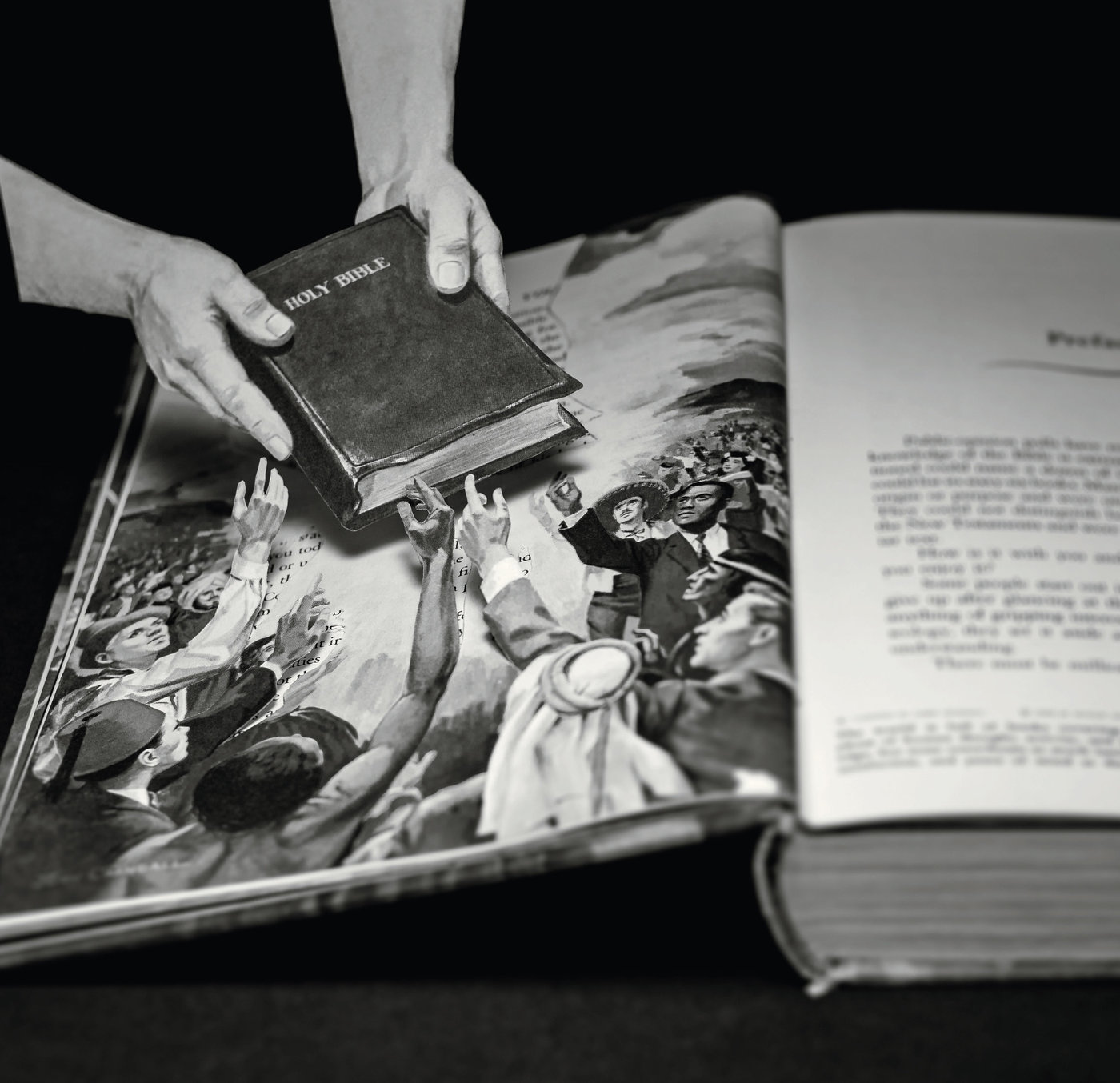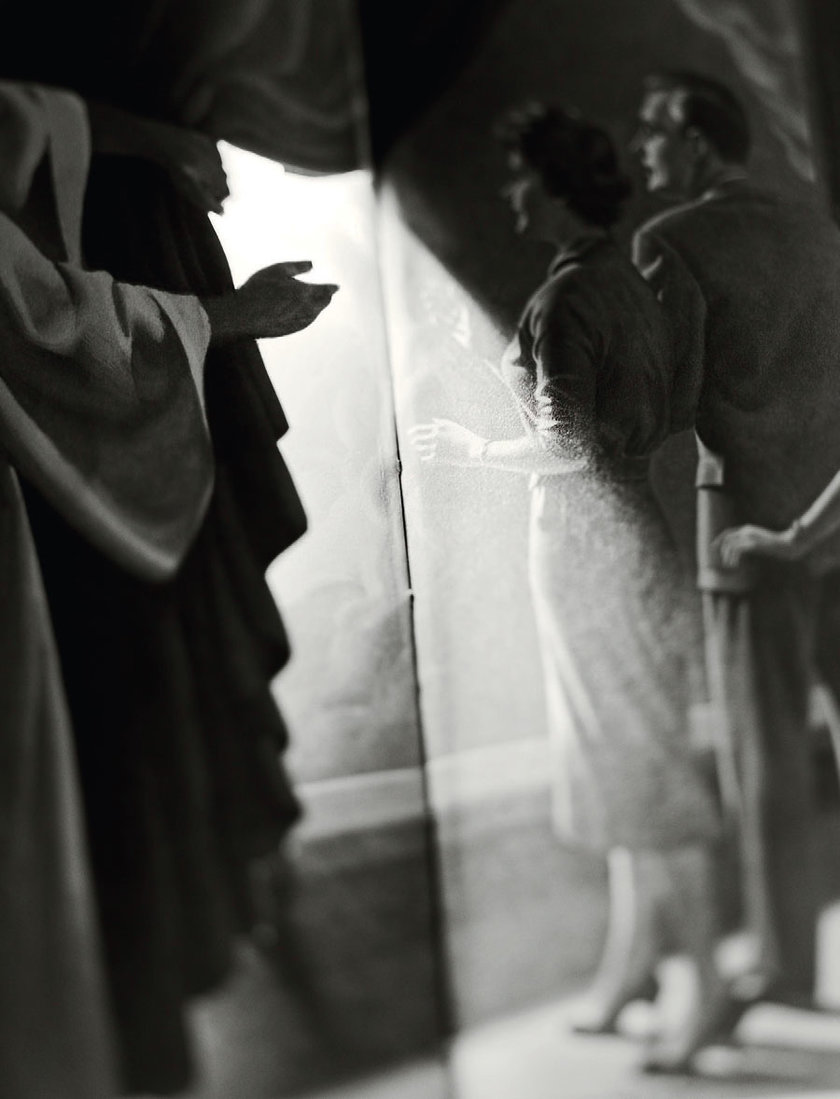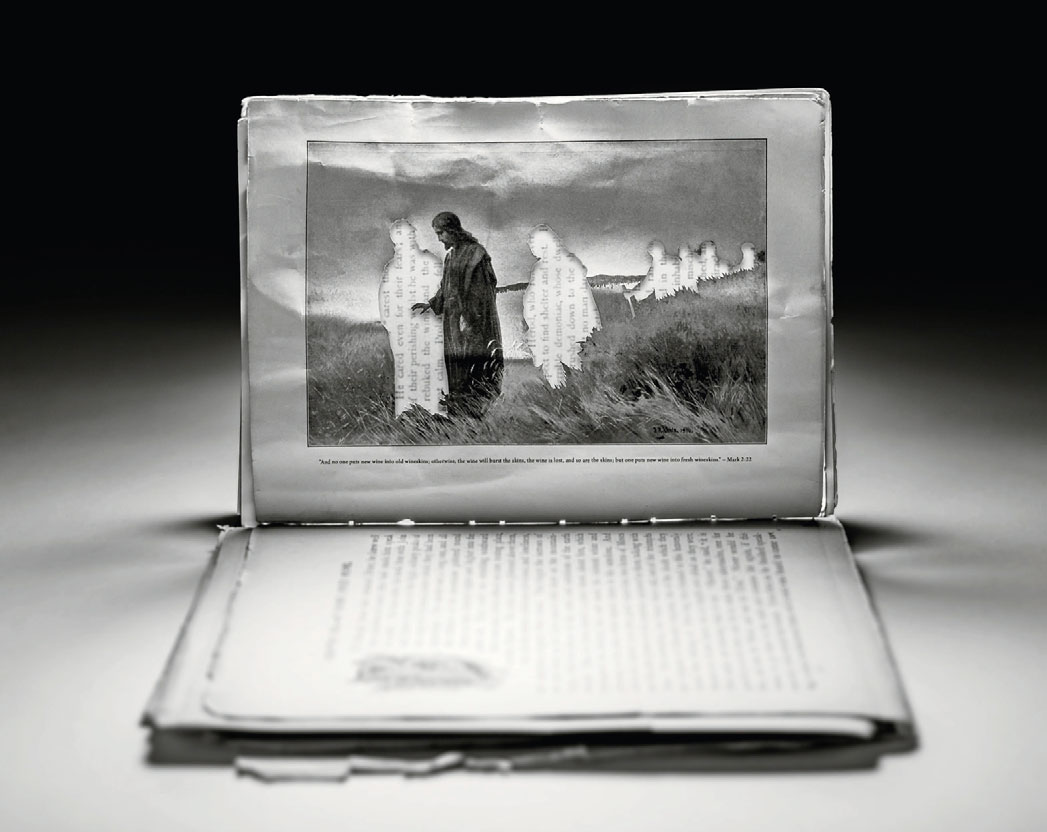
Endings have absorbed a lot of attention in theological education in recent years, even as signs of new life abound. And whatever is coming next has not yet consolidated into stable, established models. We are between one era and another.
Because theological education is between the times, there is a particularly urgent need to rethink what theological education is for. While prudent management is important, the present moment calls for thinking on another level. In this time of profound change, we need fresh conversations about the ends of theological education that can orient later conversations about the means.
The Theological Education between the Times project seeks to take up this work. Based at Candler School of Theology at Emory University and funded by Lilly Endowment Inc., the project sparks critical and faithful conversations about the true meanings and purposes of theological education. At the center of these efforts is a series of 12 books, the first of which will be published in November 2020. The authors of the first three books introduce some of their core ideas in the essays that appear here.
The project began with a conviction that the conversations we need the most right now are those between a widely diverse group of participants. Such diversity is necessary but not sufficient. The relationships between these conversation partners also need to be shaped by mutuality, safeguards for the dignity of all participants, and persistent efforts to unravel domination.
Guided by these convictions, the first phase of the project (2014–15) gathered about 60 theological educators at Candler, Esperanza College, Howard University Divinity School, Mundelein Seminary, and Saddleback Church in California. Participants gathered from four continents. There was no majority race among them. They came from Catholic, evangelical Protestant, mainline Protestant, and Pentecostal traditions. A substantial number served in institutions engaged in theological education and not accredited by the Association of Theological Schools.
In the second phase (2016–19), we gathered a group of 12 people to plan a series of short, accessible books that will help readers understand and imagine what might come next in theological education. Each book brings a particularity that reflects the distinct contexts and commitments of its author. We met seven times over three years to think, talk, pray, and love our way to books that are both particular to each author and connected to the worlds of others.
We hope to expand these circles of conversation in the next two years. Our hope is not simply to disseminate ideas found in the books, but to let the books serve as invitations for people to discern together the meanings and purposes of theological education in their own contexts. Leaders from the project are available for retreats, workshops, and other events. The project also will convene another round of consultations.
Theological education is between the times — not just between one paradigm and another, but also between the resurrection of Jesus and the wedding feast of the Lamb. And so, we work with the confidence that theological education will be raised to share in new life, not because we will develop a blueprint for the next new model, but because God longs to be known.
Ted A. Smith, Ph.D., director of the Theological Education Between the Times project, is professor of preaching and ethics at the Candler School of Theology at Emory University.

Educating After Whiteness
By Willie James Jennings
I ONCE WAS AN ACADEMIC DEAN OF A divinity school in a major university in the United States. Those years of being a dean were inside many years of being in the academy, which are now inside many years of helping faculty members at (and consulting with) many schools. These years showed me two things: first, my love for teaching, scholarship, the academy, and the many beautiful and noble people who have dedicated their lives to teaching and scholarship.
And second, those years also exposed me to something sinister — something that draws our energy and corrupts our desire in ways so subtle yet comprehensive that it is like toxic fumes covering the surface of our bodies, moving through our fingers and across our faces. This thing makes us sick. It is itself very sick, but it convalesces waiting for fresh bodies to cover.
It needs to die. That something is not a person, but a very powerful image. It is an image of an educated person, an image that reigns majestically in western education and directs our pedagogical, curricular, and formational energies in theological education. It is the image of a self-sufficient white man, with a self-sufficiency defined by possession, control, and mastery. It has taken me a long time to see this man clearly, invisible as he is in plain sight. He moves in and through the reflective and reflexive operations of educational institutions and haunts academic ecologies, claiming ownership of our spaces and possession of our minds and bodies. I see him in his malignant effects on the lives of so many who are either trying to move through the chaotic formation efforts of our schools or trying to inhabit wounding academic spaces with some measure of integrity and joy.
At a time when so many are thinking about white supremacy, to say the words “white man” risks being interpreted through the anxieties and anguish of this moment or being quickly dismissed as just another voice hammering at the problems of race and gender in the academy. Yet those real problems are symptoms of the power of this image as it propels our pedagogical imaginations and forms resistances to it that are yet caught in its destructive power.
What is needed is an alternative image, one that redirects our energies and our desires toward education that forms life together. This alternative image I propose is one of Jesus and the crowd and the beautifully complex and thorny movement it promises toward belonging. It is belonging, and the ability to cultivate belonging, that needs to emerge as the fundamental pedagogical goal of our educational work. As it now stands, western educational formation thwarts belonging, and we who inhabit theological education share in that thwarting. We are yet to touch fully our real gift to the world and the academy — an education that collapses white self-sufficiency inside forming people capable of gathering people together. Such would be the beginning of an education after whiteness.
Willie James Jennings, Ph.D., is associate professor of systematic theology and Africana studies at Yale Divinity School.
Cacophony and the elevation of divine glory
By Amos Yong
THEOLOGICAL EDUCATION TODAY IS indeed a global enterprise, not the least because it is being carried out across every continent and among almost “every tribe and language and people and nation,” to borrow the language of the apocalyptic seer from 2,000 years ago. And in this time of global pandemic there is an additional layer of global theological education unfolding in our midst as students of many tongues, cultures, and ethnicities are now required to log in to digital classrooms hosted by their educational institutions to engage in theological study and reflection. They are doing so with the richness of their own accents, even when speaking or using the same language. We are almost all remote now, whether in the west or in Africa or Asia, and we are often on the same e-learning platforms as we navigate time zone differences to forge synchronous conversations across hemispheres.
In the current scenario, no less than in the first century, those “from every nation under heaven” are again being gathered “all together in one place” — here now drawing from one of the seer’s contemporaries — but that “upper room” of Acts 2 is now a multifarious set of dynamic online or virtual spaces. In these latter domains, the host institution is a facilitator of multidirectional conversations. In these conversations, the voices, concerns, and agendas of students decenter the host institution, perhaps in ways similar to those in which the church in Jerusalem, during the apostolic period, found its local Galilean dialects overwhelmed, amazed, and bewildered by the claims of others from across the Mediterranean world. Inevitably, the power of such transnational chatter forced believers in Jerusalem to seek meaning beyond their particular cultural horizons. Just so, western conventions today are being queried and challenged by majority-world perspectives and explorations. The theological establishment, including its associated churches, guilds, and accreditation organizations, is being reformed as the global enterprise reshapes norms and standards long taken for granted.
In the current milieu, then, those in the west might be concerned that the epicenter and the margins are an increasingly blurred and interrelating jumble of movements. But when we remember the Pentecost account, we might be encouraged that cacophony among the nascent people of God ultimately resounded in the elevation of the divine glory: “In our own languages we hear them speaking about God’s deeds of power,” as the apostolic author comes to see. So also, in the present moment we ought to hope for — and work toward — theological education in this global environment that can continue to resonate the wonders of the divine reign, heralding its arrival by bearing witness to the risen Christ through the power of his Spirit. All this we do so that a hurting world might be both comforted and transformed by the redemptive work of the Gospel.
Amos Yong, Ph.D., is professor of theology and mission and dean of the School of Theology and the School of Intercultural Studies at Fuller Theological Seminary.
Diversity in diaspora: Expanding our definitions and boundaries
by Chloe Sun
SEVERAL YEARS AGO, SEVERAL WRITERS from In Trust magazine visited Logos Evangelical Seminary as part of a trip to theological schools in Southern California. Logos is the first seminary accredited by the Association of Theological Schools to use Mandarin as its primary instructional language. One writer asked how diversity works at a school like Logos. Our unique context and identity emphatically welcome people of every race and ethnicity to learn together as a global community, but in practice, the school’s linguistic commitment has meant that the vast majority of students and faculty are ethnically Chinese.
When the community of a school like Logos appears to be predominantly one race, the question the writer asked is especially pertinent. Western concepts of diversity are shaped by the ways white supremacy has operated in the United States. White supremacy has defined itself especially against a constructed category of Blackness and lumped “others” into broad, undifferentiated categories based on select, shifting, and arbitrary phenotypes. In this way of seeing, if a learning community is primarily composed of people who are of one race, then it does not seem to be “diverse.” But diversity can mean more than one thing. And seeing the different things it can mean is part of undoing white supremacy.
Although using Mandarin as the primary instructional language seems to limit racial diversity among the Logos student body, in actuality the ethnic marker of “Chinese” itself embraces significant cultural and ethnic diversity. Chinese people from different geographical areas such as East Asia, Southeast Asia, China, Hong Kong, Taiwan, Singapore, and Malaysia retain their own distinctive cultures, politics, values, and practices. Compounding this diversity are various strands of Chinese such as Vietnamese Chinese, Indonesian Chinese, Cantonese, and Hakka Chinese. In this sense, diversity in diaspora is much more than the eyes shaped by the American context can see.
This deep diversity of cultures and contexts is mirrored in immigrant congregations. In most immigrant churches, different languages and congregations worship God alongside each other. For example, a typical immigrant church might have three congregations using two or three different languages. Second-generation younger people often worship in English while their first-generation parents worship in their native languages, whether Korean, Spanish, Taiwanese, Mandarin, Vietnamese, or Cantonese.
While the American cultural context is largely one language with many races, a diasporic school is often one race with many cultural contexts. Each manifests diversity in its unique ways. Whether there is one language/multiple races or one race/multiple cultures, both forms of diversity need to be affirmed. One manifestation of diversity is not superior to another.
With changing times in theological education, more diasporic schools will emerge to meet the needs of growing immigrant communities. Therefore, it is imperative that each institution define diversity according to its mission and social and cultural locations. It is also imperative that each institution stay in close, critical, loving conversation with schools that have other contexts. This community of diverse diversities can expand our understanding of the ways racism works, the forms that justice takes, and the shape of God’s redeeming work in the world.
Chloe Sun, Ph.D., is professor of Old Testament, academic dean, and acting director of the Th.M. and Ph.D. programs at Logos Evangelical Seminary.
Other authors who have written articles for the Theological Education Between the Times series
Daniel O. Aleshire, Association of Theological Schools (retired)
Elizabeth Conde-Frazier, Asociación para La Educación Teológica Hispana
Keri Day, Princeton Theological Seminary
Mark D. Jordan, Harvard Divinity School
Colleen Mary Mallon, O.P., Dominican Sisters of San Jose
Hosffman Ospino, Boston College School of Theology and Ministry
Maria Liu Wong, City Seminary of New York
Mark Young, Denver Theological Seminary